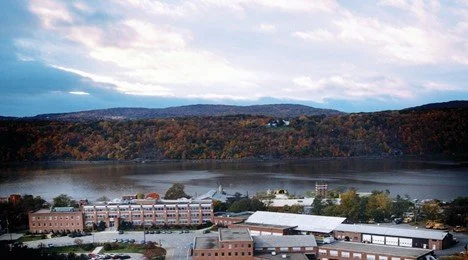The Quest for Sustainability with Distributed Energy
Source: Kevin Post & Ryan Yakush · T&D WORLD · | January 26, 2021
How existing technology enabled a New York utility to innovate by advancing its renewable energy transition.
Source: T&D World
While the COVID-19 pandemic has shifted priorities for utilities globally, many providers remain committed to their long-term objectives in clean energy and sustainability. As revealed in Deloitte Touche Tohmatsu Ltd.’s 2020 Power and Utilities Industry Outlook: A Midyear Update report, the pandemic may even accelerate the sustainability movement as utilities realize the urgency to drive greater value for both their customers and their organizations.
As demand grows for clean energy such as solar power, utilities must find safe methods to connect differentiated sources of electricity — including photovoltaics, battery, and wind — to the grid in a way that helps them to manage and stabilize power levels as well as comply with state and local requests for more renewables. However, building a framework to support the use of distributed energy resources (DERs) requires a review of capabilities to ensure DER systems are deployed safely and efficiently — that is, with no unintentional islanding or backfeeding and at the lowest appropriate cost. There should be no service disruption to residential and commercial customers.
Central Hudson Gas & Electric Corp. has leveraged existing investments in distribution automation (DA) technology to help advance its DER applications. The utility’s solution more efficiently connects solar customers to the grid, and is a significant step toward a more sustainable future.
A Case Study
Alternative energy is a growing driver for Central Hudson to pursue innovation in its DA programs. Homes with rooftop solar panels and expansive, commercial solar farms are part of the utility’s 2600-sq mile (6734-sq km) service area between the suburbs of northern New York City, New York, U.S., and those in the state capital of Albany, New York. The unique landscape underlies the utility’s long-term vision and alignment with the state’s commitment to sustainability.
Central Hudson has revenue decoupling and deregulation, so different sources of generation have no effect on the utility’s revenue. Rather, its revenue comes solely from the delivery of electricity. The utility is committed to advancing its ability to accommodate renewable energy for customers. However, transitioning away from a traditional distribution model in a territory covering nearly 400,000 electric and natural gas customers is not as simple as flipping a switch. Technology has helped the utility to seize the opportunity for new grid controls while ensuring quality and reliability as demand evolves.

